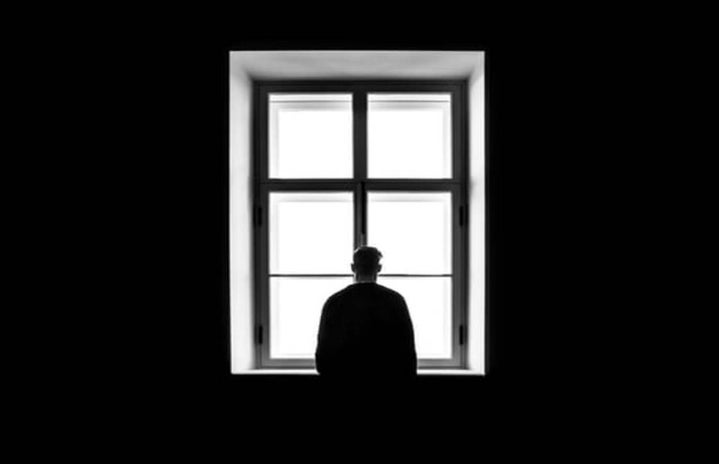Seasonal affective disorder or SAD is a type of depression people feel during a particular season. For most, this is Fall and Winter, when the days get shorter and less time is spent outside. According to MedlinePlus, “[T]he exact causes of SAD are unknown. Researchers have found that people with SAD may have an imbalance of serotonin, a brain chemical that affects your mood. Their bodies also make too much melatonin, a hormone that regulates sleep, and not enough vitamin D.” A person with SAD can experience a wide range of symptoms including low energy, insomnia, disinterest in hobbies, changes in appetite and difficulty concentrating. Many people who suffer from SAD are unaware that these “winter blues” are incredibly manageable. Here are 5 tips to genuinely mean it when you say, “Happy holidays!”
- Use a Happy Light
-
Also referred to as a SAD light or light therapy, a happy light essentially acts as a replacement sun when the weather is gloomy. It should be used in the morning as it has energizing effects and sessions can vary from 15 minutes to a couple of hours depending on the intensity of the light. It may take a week or so to really notice the improvements a happy light is having on SAD symptoms, so it is essential to make it a part of your everyday routine.
- Exercise
-
Fitness is often the last thing on someone’s mind when they are suffering from SAD, as many people feel a lack of motivation during these times. However, working out could be the boost you need. Working out produces endorphins which, according to CNNHealth, are structurally similar to the drug morphine. This can decrease discomfort and make you feel happier. Besides that, exercise helps with insomnia and stress relief.
- Stick to a Sleep Schedule
-
It can be easy for SAD to throw your whole life out of whack and your sleep cycle is no exception. Many people find it hard to fall asleep at night and even harder to get up in the morning. This cycle could be worsening your symptoms. Waking up and going to bed at set times can be beneficial because you are being exposed to light at consistent and predictable times. If you find getting out of bed incredibly difficult it may be a good idea to invest in a dawn simulator. This is essentially a happy light alarm clock. You set the simulator for the time you want to get up, and about 30 minutes before that it starts slowly getting brighter. And good news, this counts as a happy light treatment and you didn’t even have to be awake for it!
- Take a Vitamin D Supplement
-
Insufficient levels of Vitamin D have been linked to depression and other mental illnesses. Since one of our main sources of Vitamin D is from the sun, it is no surprise that many people in the northern states lack this essential vitamin, especially during the winter months. So if you live somewhere where winter seems like half the year, it may be a good idea to grab a bottle of Vitamin D supplements next time you go to the drug store.
- Try Cognitive Behavioral Therapy
-
CBT is a great way to learn how to cope with SAD. According to Health, this type of therapy focuses on replacing “negative thoughts, feelings and behaviors with positive thinking and actions.” It also allows a person to understand more about SAD and feel less alone.
- Look Into Antidepressants
-
This is not the right choice for everyone, but if you are truly struggling and nothing seems to help, don’t allow the stigma around mental health to scare you away from the option of antidepressants. Nobody deserves to live with depression.

